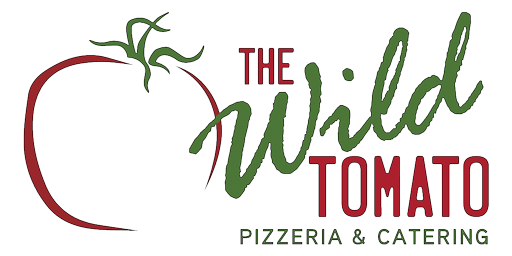Food plating is an art form, transforming a simple dish into a culinary masterpiece. More than just arranging food on a plate, it's about creating visual harmony and enhancing the dining experience. While many associate beautiful plating with advanced culinary skills, the truth is that mastering the basics can significantly elevate your presentation. This often comes down to two essential tools: the humble drawing utensil and the versatile saucier spoon. These seemingly disparate items are key to achieving professional-level plating, offering contrasting yet complementary approaches to shaping, arranging, and ultimately, storytelling through your food.
This article will guide you through a step-by-step process, revealing the secrets of utilizing both drawing techniques for precise placement and saucier spoons for effortless sauce work and ingredient manipulation. From creating visually appealing swirls to meticulously arranging garnishes, we'll unravel the techniques that will transform your everyday meals into stunning culinary creations, showcasing the power of both precision and fluidity in food plating.
Preparation and Safety Guidelines
- Drawing Spoon
- Saucier Spoon
- Always use heat-resistant spoons when working with hot sauces or foods. Metal spoons conduct heat quickly, so avoid burns.
- Handle sharp-edged spoons carefully to prevent accidental cuts or injuries. Keep them away from children.
- Wash spoons thoroughly after each use, especially when handling raw or different types of food to prevent cross-contamination.
Step-by-Step Instructions
Introduction to Spoons
- Introduction to drawing spoons and their affordability.
- Introduction to saucier spoons and their shape.


Introduction to Spoons Drawing Spoon Techniques
- Demonstration of a drawing spoon's use for detailed plating (chocolate sauce on ice cream, etc.).
- How to hold and use a drawing spoon effectively (like a pencil).
- Comparison of the curve and functionality of both spoons.



Drawing Spoon Techniques Saucier Spoon Techniques
- How to hold and use a saucier spoon for pouring sauces.
- Comparison of the curve and functionality of both spoons.


Saucier Spoon Techniques Key Differences and Conclusion
- drawing spoons for art, saucier spoons for sauces.

Key Differences and Conclusion
Tips
- Drawing spoons are great for creating detailed designs on plates.
- Saucier spoons are more versatile for everyday home use and pouring sauces.
- Start with affordable spoons to practice before investing in expensive ones.







